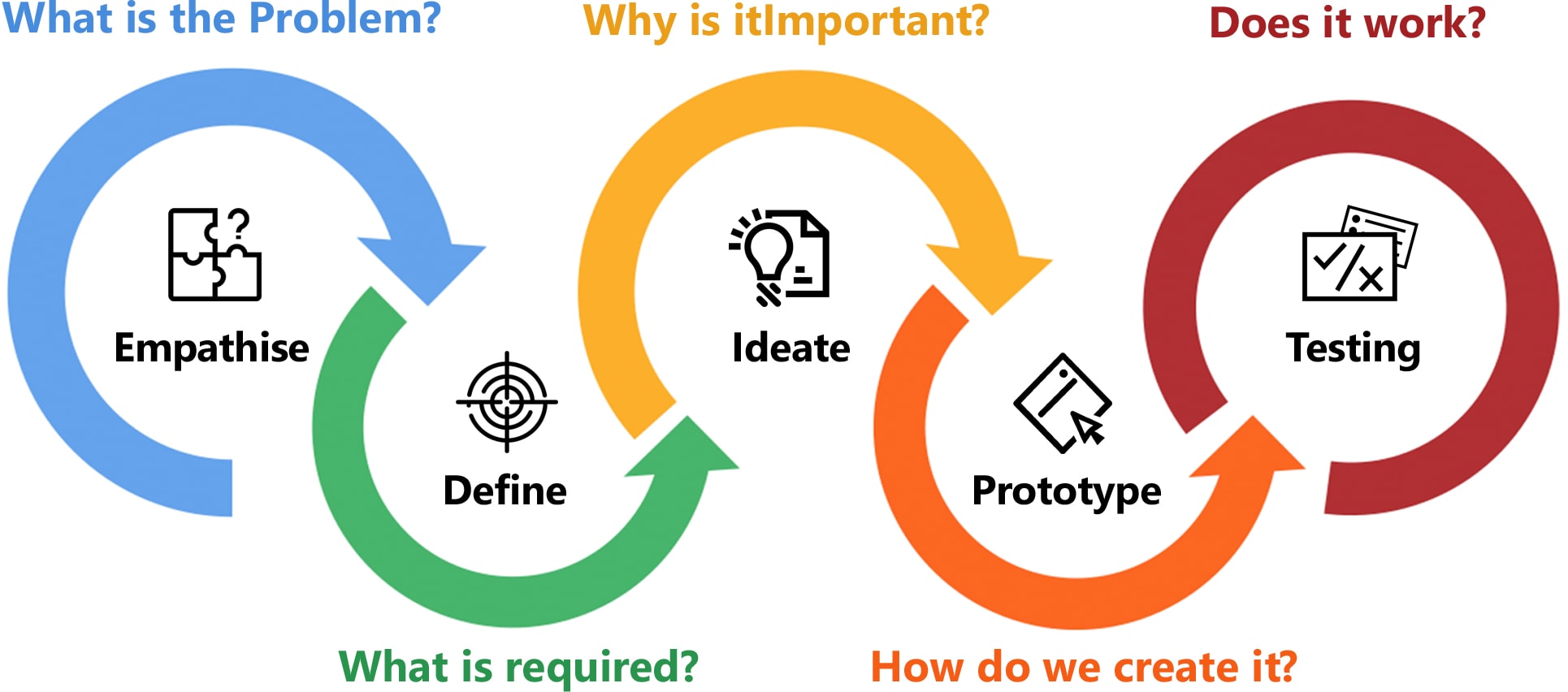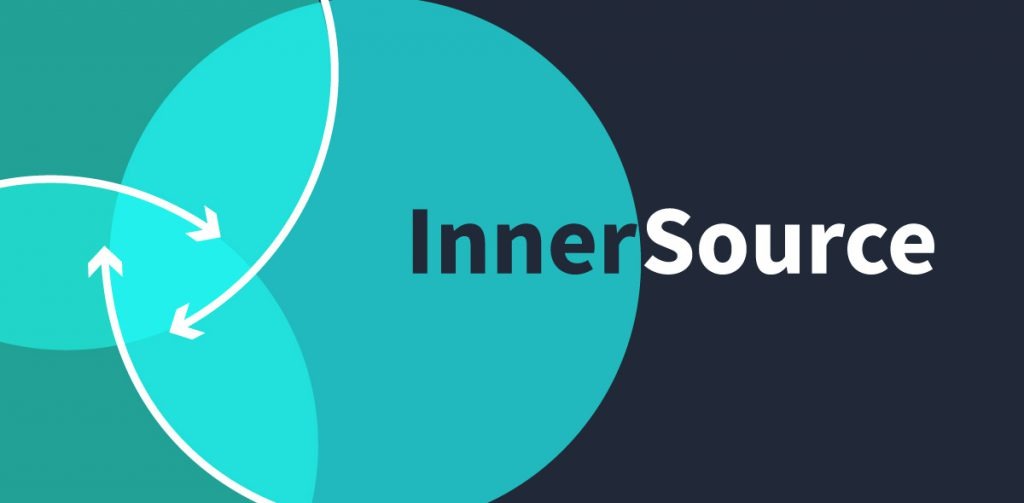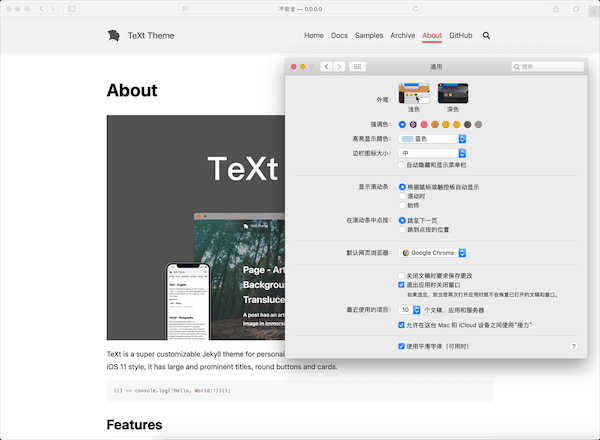Prototype and Test

Phase four of Design Thinking is Prototype. This phase is all about experimentation. Prototypes are created per the ideas generated in the Ideate phase. This lets us iteratively narrow down ideas (based on user feedback) so that further testing can be performed as the solution evolves.
Minimum Viable Product

User-Centric design enables the continuous delivery of value to users. This means that putting a good, functional, tool in the hands of users quickly is more valuable than delivering a perfect tool when it’s too late.
Define and Ideate

Phase 2 of Design Thinking is Define. In this phase, designers gather and analyze all of the information collected during the Empathize phase. By identifying pain points and patterns in the information, a clear definition of the problem is crafted.
Empathy

Arguably the most important stage of Design Thinking is the first - Empathize. The purpose of this stage is to gain an empathic understanding of the problem at hand. To do so, the designer must:
- Observe users and stakeholders in their daily work. Observation often provides the most objective identification of the problem requiring a solution.
- Engage users and stakeholders in interviews and conversations to develop the best possible understanding of their needs and objectives.
- Immerse themselves in the physical environment of the users.
Five Phases

Design Thinking is User-Centric. Therefore the most important characteristic of a solution is that it meets the needs of the User. To ensure solutions achieve this objective, the three fundamental principles of Design Thinking guide teams through the process of defining the MVP, and then iteratively improving and enhancing it to achieve the final product.
Design Thinking

![]()
This page was created with help from GitHub Learning Lab
Here you can find some guide lines on design thinking
38 post articles, 5 pages.


